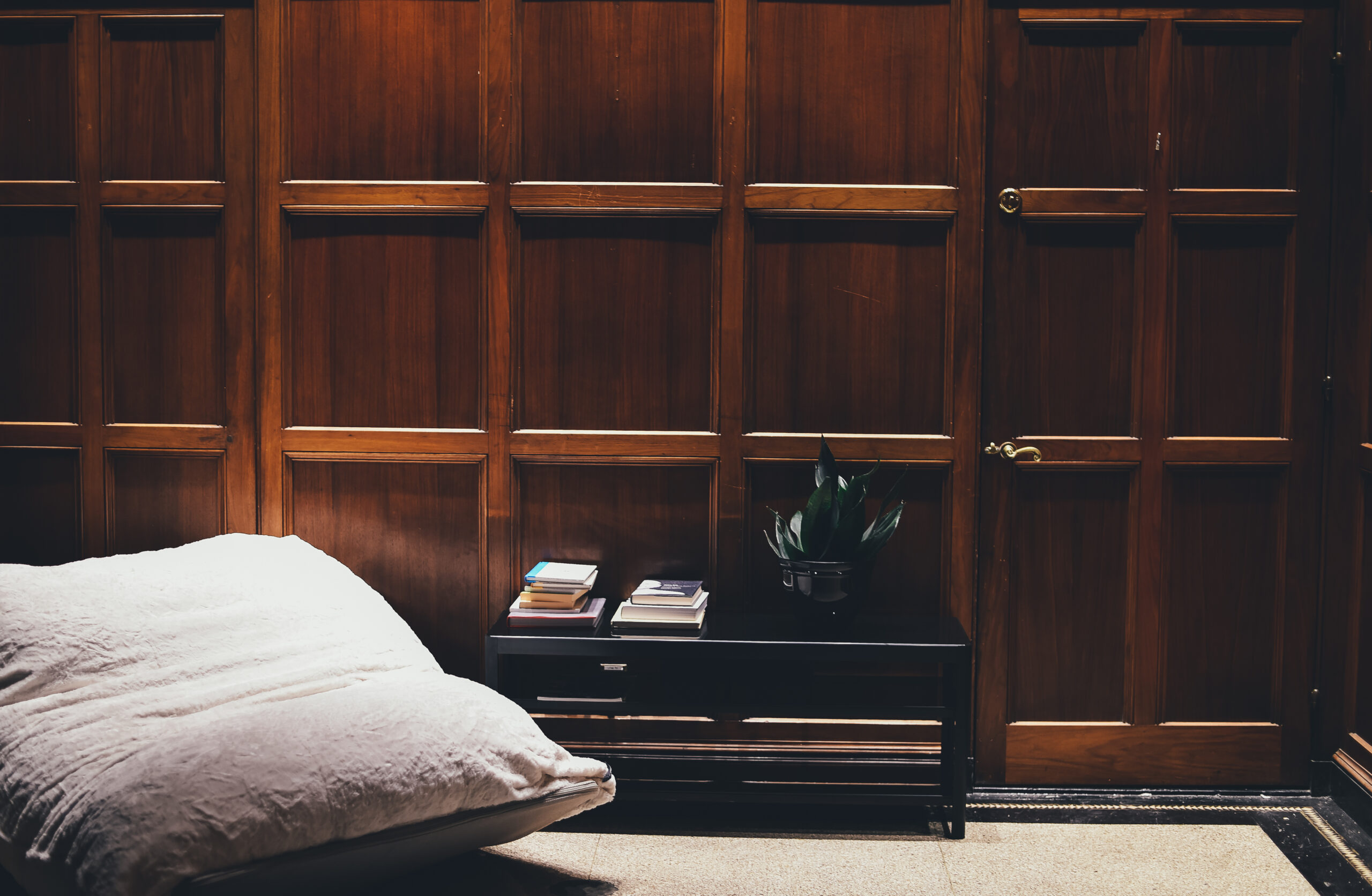Wall panels were used in buildings to help keep out the cold in the past. However, modern products aren’t always constructed using wood. This is something you may have already realized if you have shopped for this product to use in your home.
You can find several types of wall panels to use in your home, with many offered by reputable retailers like DoorsPlus. If you are interested in learning more about the wall paneling types available, keep reading.
Board and Batten Panels
Board and batten panels use narrow strips of wood attached on top of the joints of wide boards. Once the panels are installed, you have a layered, geometric appearance in your home.
The bigger boards can be installed horizontally or vertically, followed by the thinner battens. If you want a shortcut when installing this wall paneling, attach the battens to the wall, then unify your assembly using trim paint.
One of the benefits of this type of wall paneling is that it provides your room with a traditional, historic look. Double layers of wood strips also make the walls stronger.
Shiplap Panels
You probably know about shiplap if you pay attention to wall-covering trends. It’s one of the most popular wall paneling options used today. While it’s easy to get confused between shiplap and board and batten designs, shiplap panels feature a groove in the top and bottom to help you get a closer fit when they are installed.
Shiplap panels add a sense of nostalgia and interest to interior walls, and the panels are easy to install.
Plank Wall Panels
Wood plank wall panels come in several materials, such as synthetics, reclaimed wood, and new wood. It’s possible to install wood planks vertically, horizontally, or attached to walls in herringbone or diagonal patterns. Modern planks are also available in all weights and sizes, which help you create a unique look in your home.
It doesn’t matter the style of your décor or room; plank wall panels will look great. You have lots of material choices and several colors and finishes to choose from with these.
Beadboard Panels
In the past, beadboard was installed one stick at a time. Due to this installation process, homeowners enjoyed surfaces full of character and charm. However, once the weather gets humid, panels may begin to pop.
A solution to this was quick-install plywood panels. Modern beadboard materials are made of medium-density fiberboard, which is a mix of resin and wood, that melds when put under pressure. Most of the beadboard products available today can be purchased in ready-to-paint sheets.
The biggest benefits of these are that they are available in several widths and create a vintage charm and appeal.
Tongue and Groove Panels
Tongue and groove panels are very similar to shiplap panels. However, when you look closely, you will find several differences on the edges and with the panel’s profiles.
If you choose tongue and groove panels, they will have a small projection sticking out from the middle of one edge. The other side has a small indentation that corresponds to the projection. When you install these panels, the tongue of the first panel fits perfectly into the groove of the next.
You can purchase these metal, vinyl, fiber cement, and wood panels. These provide better insulation than shiplap, and the consistent size of the plants ensures precise installation dimensions.
PVC Wall Panels
Trying to tell the above paneling styles is challenging; this is the case with PVC wall panels. These are more distinct thanks to the diverse patterns, colors, designs, and shapes they come in. PVC panels are also a cost-effective solution that provides an affordable price and plenty of aesthetic appeal.
These wall panels are a smart alternative to paint, wallpaper, and other wall coverings. The biggest downside is that while PVC can resist corrosion and moisture, the chlorine used to make them can be released into the air as time passes.
It’s a good idea to purchase UPVC, which is an unplasticized version. The reason for this is that it isn’t as toxic. PVC wall panels are durable and low maintenance and can be purchased in both matte and gloss finishes.
Finding the Right Wall Panels
You may wonder how to choose the wall panels best suited for your home with so many options. For most, this decision is made based on preferences and budget.
Discover more from Futurist Architecture
Subscribe to get the latest posts sent to your email.


![modern apartment [article_title]](https://www.futuristarchitecture.com/wp-content/uploads/2025/03/6-Futuristic-Secrets-to-Robotize-Your-Curtains-900x600.jpg)
